First and foremost, Dragon Age: The Veilguard isn’t a Dragon Age game. It doesn’t look like one, it doesn’t play like one, and while there are cameos that superficially resemble the heroes of the original series, it doesn’t tell a story like one either. Unlike actual Dragon Age titles, it’s also not very interesting. I spent my entire time playing this game fighting an overwhelming urge to find something else to cleanse the palette, and the underlying reason was that it is maddening just how many layers of corporate stewardship clearly went into this thing’s production.
Starting with the most superficial: the aesthetics. Over the last few years, we’ve been witnessing the emergence of a new artistic movement through video games. Just as we’ve had Impressionism, Surrealism, The Gothic, The Romantic Movement, Baroque and so on, we now have… this style that Western bigger budget video game developers default to the moment their game has a fantastic element to it. Trace it back and whatever they’ll call it in the future (I’ll be using the term “Corporatised Hyperstyle” until an actual term is settled on) had its roots in the likes of Warcraft, and from there became a best practice that permeates everything. There’s a colourful sheen brushed over everything. Character models are chunky and bold. There’s also the overwrought detail and a heavy reliance on flashy lighting to help create a sense of wonder.
We see this approach to aesthetics repeated in game after game these days, and to an extent it’s understandable. There’s nothing offensive about how Veilguard looks. The developers can throw demons and monsters at players and have towns overrun by pestilence, but because it’s so cartoonishly colourful it’s not going to overwhelm anyone with its intensity. As an added bonus for maximum viral marketability, thanks to the level of detail in the environments, the photo mode produces magnificently detailed happy snaps.
Unfortunately, it’s also a vapid and shallow art style. Because Veilguard is pretty linear, all players have is a gauntlet of best-practice environments to run through, with characters that are wearing best-practice costuming that we’ve seen on a thousand characters previously. The further on you play the more everything seems to roll together and eventually nothing is memorable. But nothing will have stuck out as being “bad”, “out of place”, “offensive” or “silly,” either. The upshot to creating a game using this perfectly bland, creativity-free art style is that no one’s going to remember any bad bits, because they’ve been polished away to a homogenised pristine plastic sheen.
It’s a massive contrast to the three previous Dragon Age games, which were, to a fault, unrelentingly grim, stifling experiences, and that was in no small part due to the aesthetics. To this day I remember finding the descent into the Deep Roads in the original Dragon Age intimidating because those environments were positively oozing with menace and intent. The original Dragon Age titles had art direction that would have actively put some players off them. That was okay then. Today game developers aren’t allowed to make decisions that would split the common denominator.
The same goes for the combat, which is totally incomparable to the previous Dragon Ages. Where once BioWare provided players with methodical pacing that encouraged them to constantly pause the action, carefully weigh up decisions and then use a full host of abilities, Veilguard wants you thinking as little as possible. The action is fast, furious, and filled with dodges and counters. You can pull up a ring to issue commands, but it has been streamlined to be as fluid as possible, and thanks to cooldown times, you’re going to find yourself defaulting to the same narrow set of moves and “tactics” with each encounter, once you figure out something that you find effective.
For an action game, Veilguard isn’t bad! If EA and BioWare hadn’t set my expectations by making it a Dragon Age experience I would have had great fun ducking, diving, weaving and slashing. The combat is responsive, and on the higher difficulty levels, it really tests your timing and manoeuvrability skills. But unfortunately, the expectations were set. I was expecting a Dragon Age experience.
It’s possible to change combat systems from one game to the next within a series. Final Fantasy is perhaps the best example of that of all. Final Fantasy IV plays nothing like Final Fantasy XVI. However, with that series, the developers do clearly work hard to ensure that there is also continuity. Whether that be through the summon system, or simply convincing players that they’re looking at an action game while actually implementing an approach to pacing that makes it turn-based in application. It’s possible to experiment and evolve a combat system that still retains the heritage of the series. EA and BioWare didn’t do that. With Veilguard the executive decision was clearly that the old combat system was no longer fit for purpose and needed to be replaced with something more appropriately best practice in 2024.
Frankly, I’d struggle to even call it an “RPG”. There are experience levels and a skill tree, and you do get new equipment with plenty of stat changes as the journey progresses, but Veilguard behaves much more like a looter shooter, replacing the guns for swords, than the tabletop adventuring that inspired Dragon Age.
Finally, the storytelling. It’s hard to write about the storytelling now, thanks to certain elements out there deciding to turn this into yet another salvo of the culture wars, and I’d hate to be associated with those arguments. But I must talk about the storytelling, so here goes:
I’m not sure the writers of Veilguard were interested in the overarching plot. The setup is ridiculously simple and generic (one Elf God releases two malevolent Elf Gods for reasons and you’ve got to stop them to stop the world), and from there the focus is almost entirely placed on the characters themselves and their interactions while on that journey to stop the big bad. There’s much less of the socio-political commentary that was bubbling away in the background of previous Dragon Age games, and when there is some effort at it, the game is always quick to get back to the party interactions. It’s very much the Marvel/DC approach. When you break those films down, the narrative arcs are almost insultingly simple, but because the dynamics between the characters are so charismatic, audiences fall in line behind them.
The comparison to Marvel is especially apt here because Veilguard is also utterly filled with the kind of quippy, beat-based delivery of lines that could be written by a YA author, and it’s every bit as terrible as the standard YA novel. You’re going to be so peppered by preppy one-liners like “so that happened,” and “we got this,” and dross like “I didn’t expect to fight an ogre today… Then again, I didn’t expect to learn that my Gods are rampaging around and trying to end the world either,” all delivered with the most obnoxious American accents to hear this kind of scripting in. I haven’t encountered a narrative delivery that so completely and totally breaks the swords-and-sorcery fantasy immersion like Veilguard in a very long time. Fantasy should be an opportunity to escape Gen Z mannerisms!
With that said, the intent with the characterisation is at least noble. EA and BioWare wanted to fill the game with plenty of positive and uplifting examples of representation and acceptance between different people, and that is in there in spades. Within the party and the people you meet along the way, you’re going to find some character that you identify with personally as you play, and it is of course a good thing to demonstrate a breadth of ethnicities, sexualities and genders and how they can be celebrated together. But when the writing fluctuates between being so ham-fisted that it’s inadvertently comedic and so juvenile and on-the-nose that it insults the intelligence, the people who worked on the script simply undermined themselves and gave people an excuse to push back on the messaging.
Perhaps I am over-estimating players and perhaps all that focus-grouping that EA and BioWare would have done told them the game had to be written this way, but I like to think that enough people appreciate nuanced and complex writing enough that they can play something that doesn’t try to newspeak its themes across to them. The fact that Disco Elysium and Planescape: Torment exist, both near literary in quality, and both have been enormously successful, suggests that I’m correct in that assumption that gamers can, in fact, appreciate nuance and depth. Even Baldur’s Gate 3, the spiritual successor to the approach to storytelling that BioWare pioneered all those years ago, demonstrates that you don’t need to impose YA-“quality” writing on players to get a point across.
Finally, to round this out, I also saw nothing in Veilguard that resembled the previous Dragon Ages. Even the returning characters, written down to simplified YA as they are here, are barely recognisable as the characters that made those three games so memorable.
Dragon Age: The Veilguard’s problem is pretty simple: It’s just that shallow that it ends up behaving as the epitome of everything wrong with how many modern games are written and thought about. It has nothing meaningful or thought-provoking to say, but instead attempts to manipulate you into connecting with one or more of the characters, and then exploit that emotional resonance so you overlook how shallow it is. In action, it’s also an incredibly timid experience from a team that seems to be terrified of having a creative idea of their own. Instead, all Veilguard has to offer is a sequence of best practices that cause it to break from the identity of one of the more creative RPG properties to try to instead be an inoffensive and highly consumable product. It annoys me that it has since become a minor culture wars skirmish, because there are so many more important lessons to learn from it that are going to go ignored than what people are predominantly talking about.
So, yeah, sure. Dragon Age: The Veilguard is an objectively well-made product that is perfectly playable and it’s both empowering and entertaining. But it’s also nothing more than a product, finely tuned for passive consumption, right off the content mill.
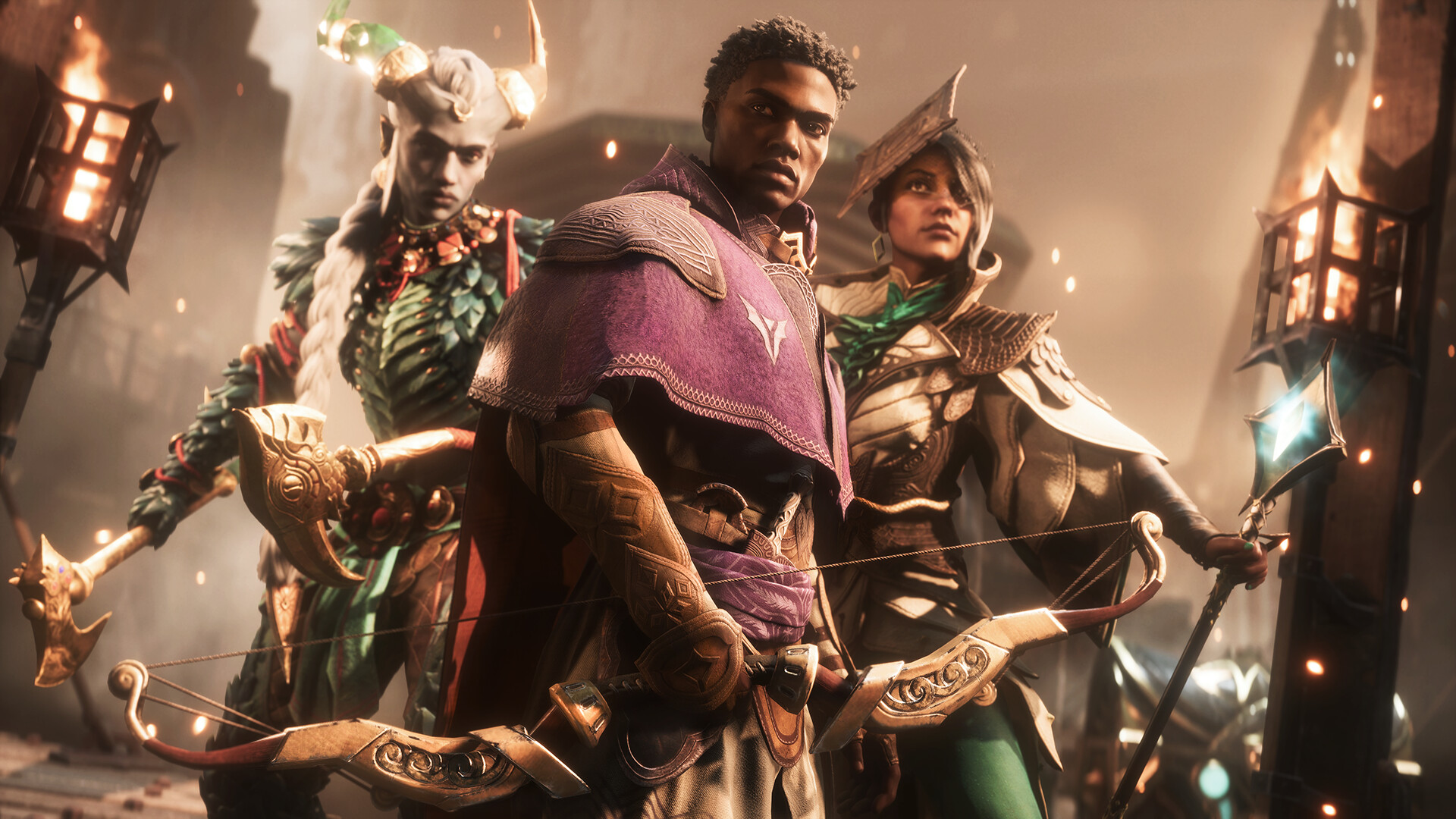



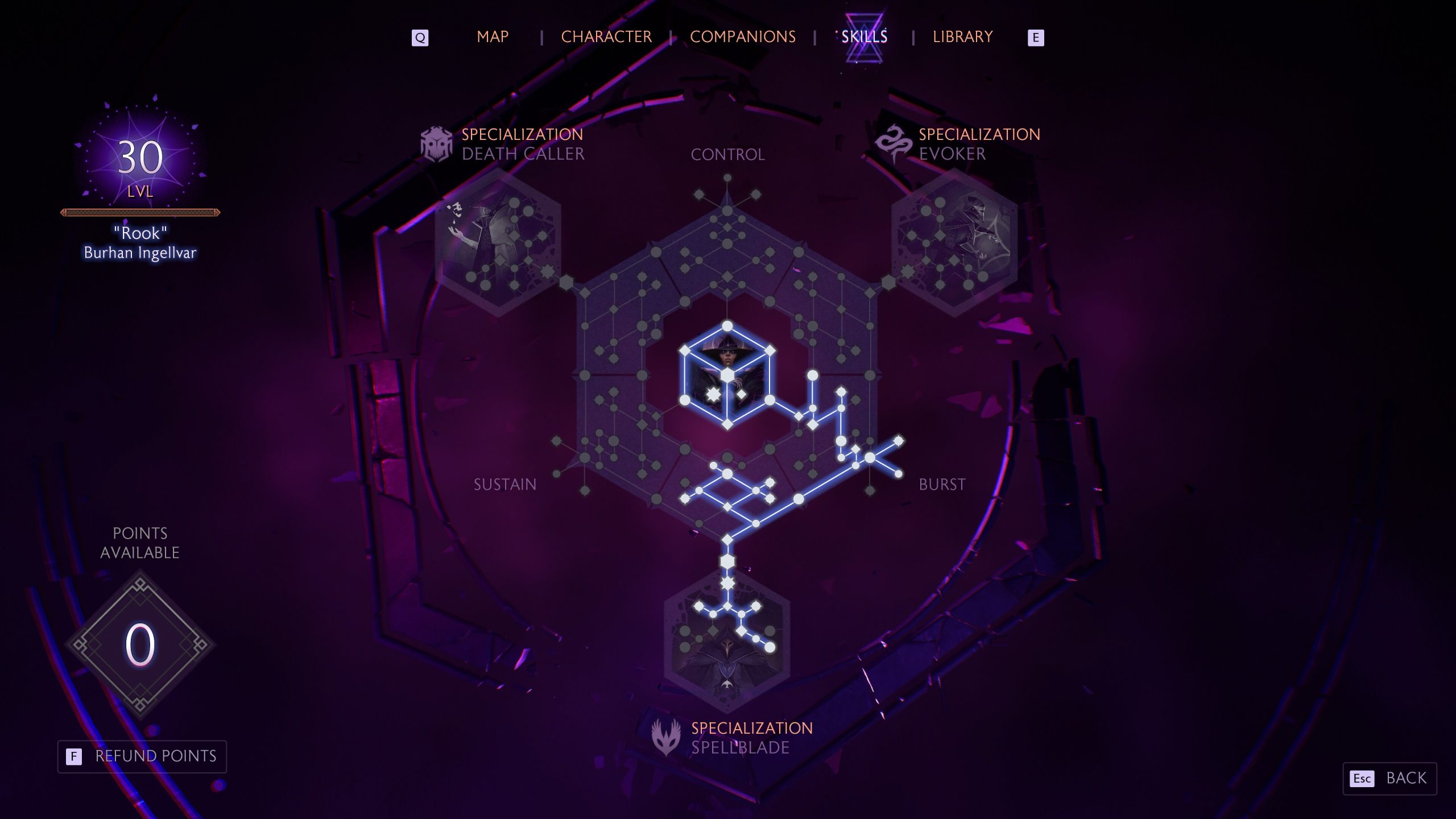

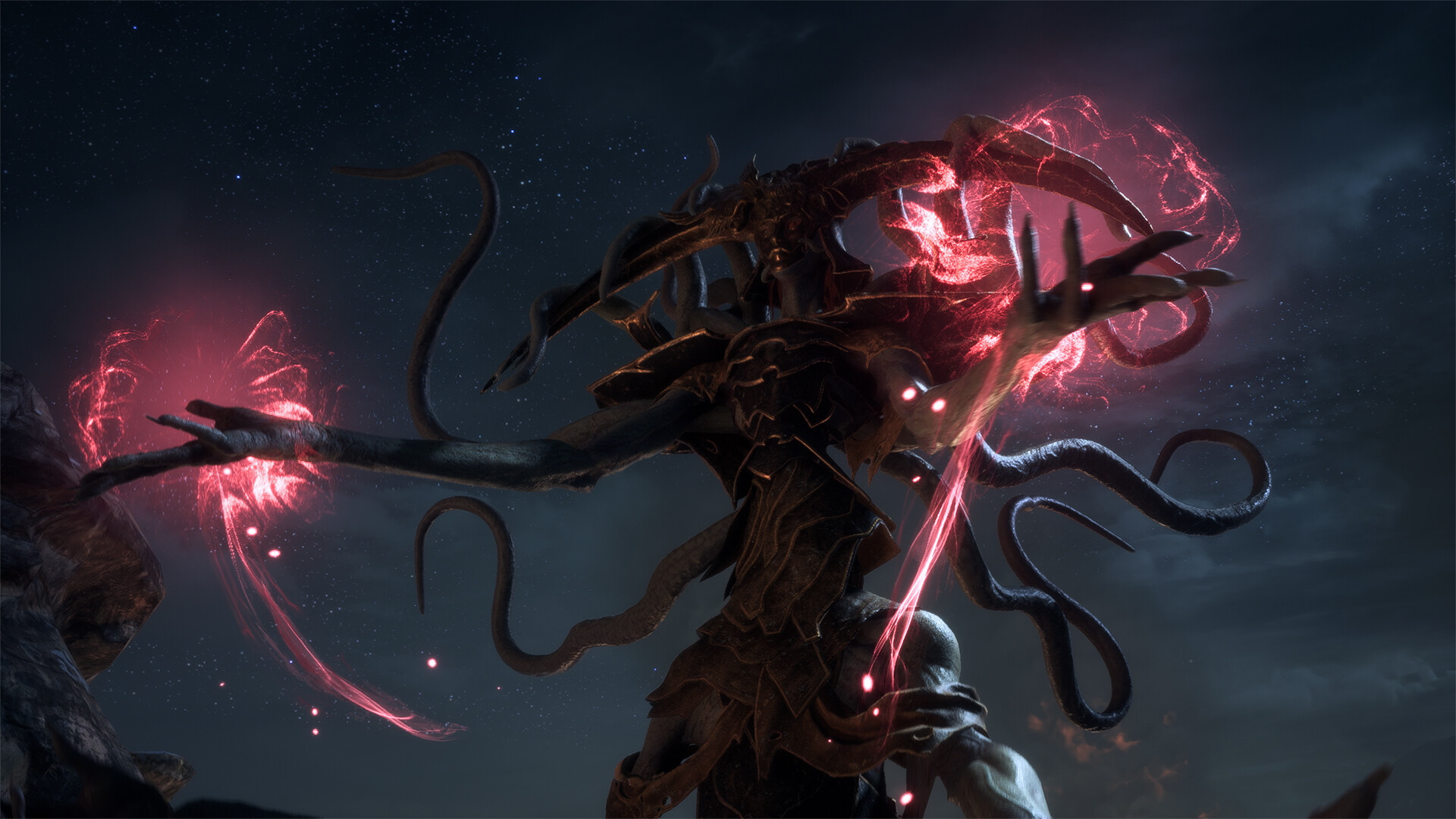

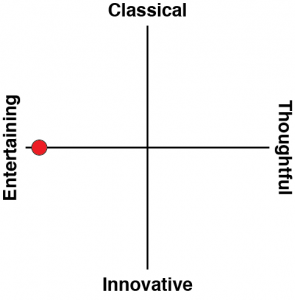




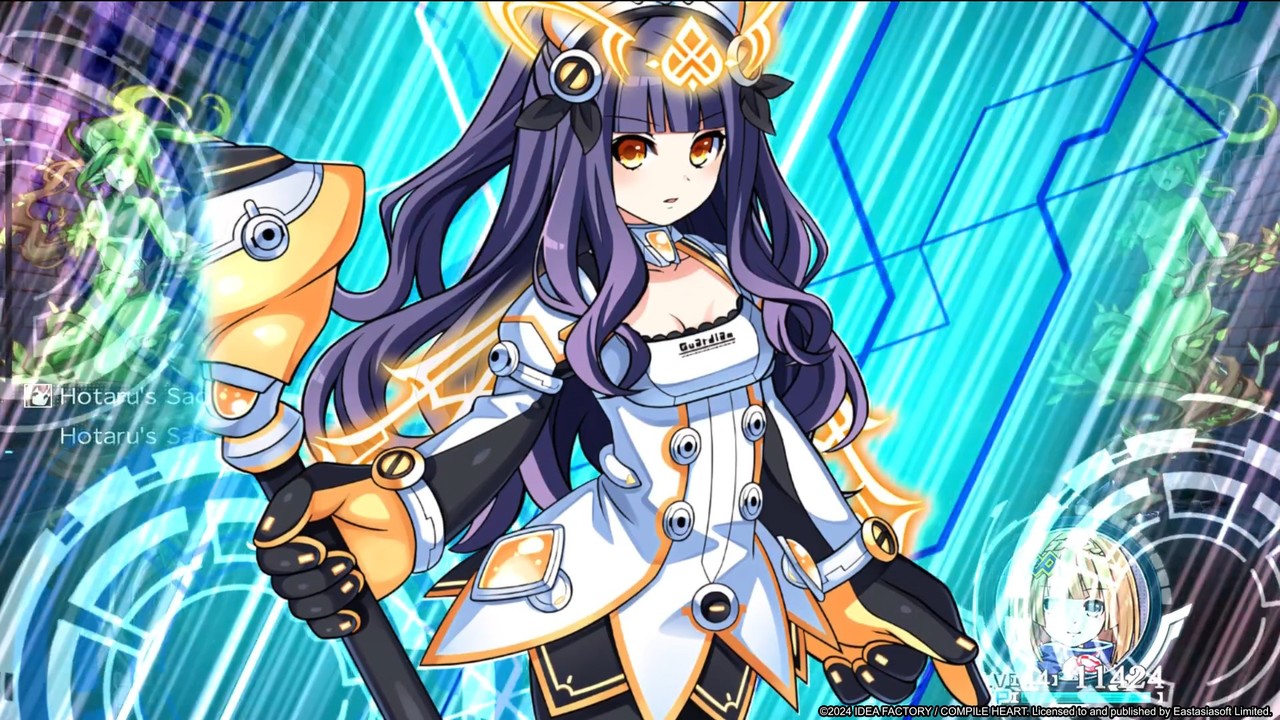
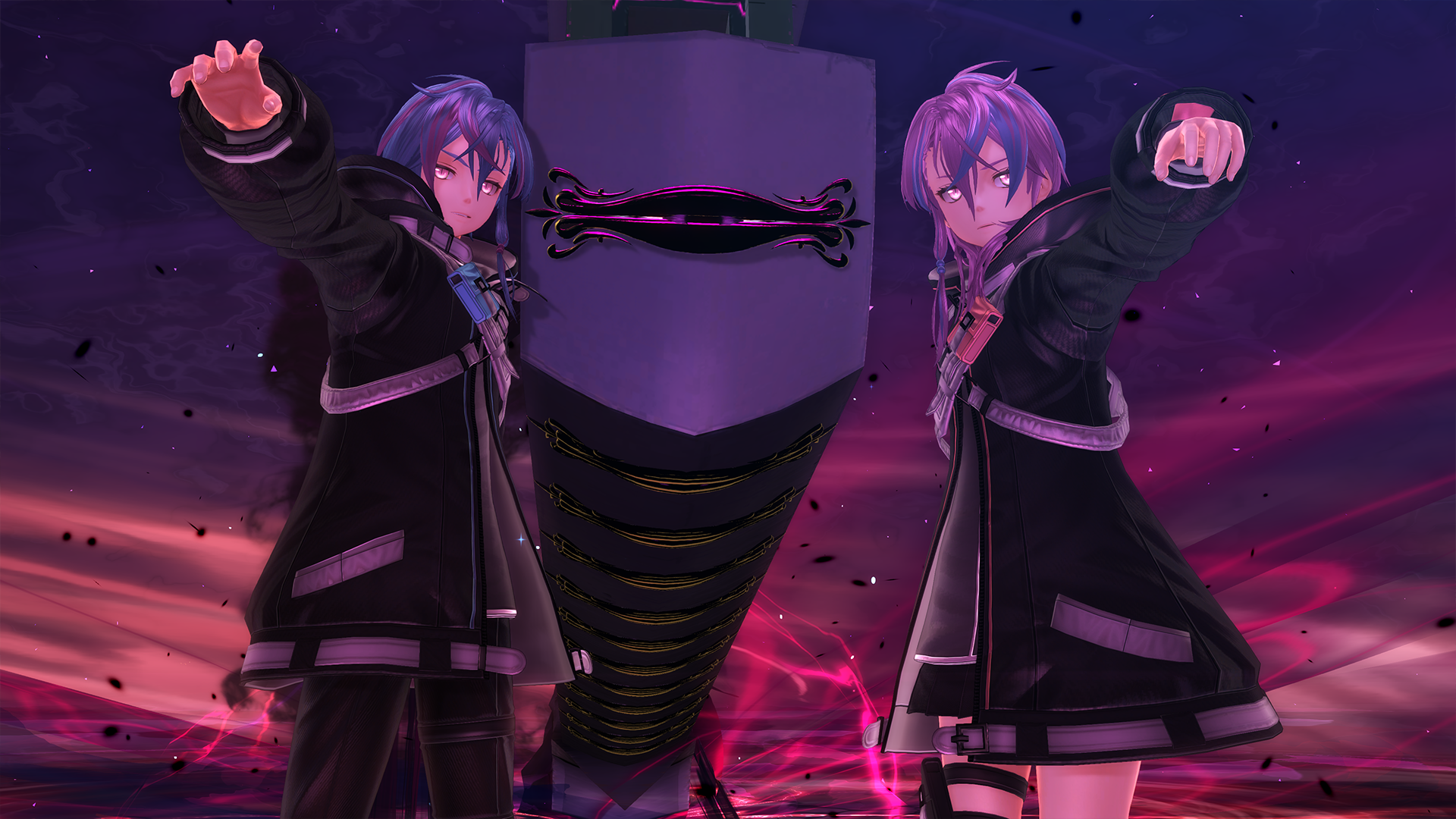


I recently picked up Metaphor thanks to the demo sucking me right in! I rarely buy more than 2 or 3 brand new games a year. Being I’m a bigger fan of turn-based, I put Veilguard on my GameTZ wishlist. Any time I put a brand new game on the list, I link the Amazon page so they can readily identify it. I was taken aback to see that it’s $20 more than Metaphor ($90!)!! I truly believe that to be price gouging – I can’t see any reason for it to be that much more expensive other than greed. Even more than the gameplay (which I’m very disappointed in), I’m disappointed with this. 😞
Yeah if you’re going to charge an absolute top-flight price for a game then you better make sure it’s defensible as a “premium” experience and this one doesn’t do that at all. If it were treated like an indie game it would make much more sense.
Eh, while I don’t think it should cost more than Metaphor, I’m actually kind of amazed by how bad the graphics (particularly environments) in Metaphor are. I expect that from a mid-tier JRPG, but after the success of recent Persona games this should be AAA. Dragon Age on the other hand does have AAA production values, including absolutely gorgeous environments. I’m not a fan of the character design, but overall it certainly looks like more money was spent on it than was on Metaphor. It’s a much worse game, but I’d be surprised if it didn’t cost more to make.
Best review of this game I have seen so far, completely agree….marvelization of this game is the reason why I have decided against buying it despite being fan of the franchize. Thumbs up! 🙂
Prime example of why people hate “woke” games. Because to “woke” developers the parts that should be sprinkle (like the mastectomy scars or lectures about pronouns which make no sense outside anglo-sphere cultural imperialism) *are* the product while the hame itself is just a wrapper. And you don’t pay much attention to the wrapper.
Too bad that gamers actually care about games, so as soon as they see this kind of messaging they sense that the game itself will be bad.
It bothers me because I very much believe in progressive storytelling and narratives, and the basic ideas there are great – if you’re going to let people create their own character, allowing them to put themselves, whatever shape they take – is an admirable goal. Showing tolerance and an opposition to bigotry in the narrative is good. I’m all for stories where the antagonists are analogous to conservative ideology.
And the thing is I think that a fair chunk of the people that get upset about “woke storytelling” are too (that or they just miss the point to enjoy the game). Some are just out-and-out right wingers and you’re never going to win them over, but that’s not nearly all of them.
Like, look at how Bioshock (1, at least) is one of the most effective takedowns of libertarianism that we have across any media, and everyone loves Bioshock (1, at least). Or how Metaphor, released just weeks ago, is quite aggressive at tackling issues with bigotry. Or how Disco Elysium is just out-and-out no-chill communist propaganda and is rightfully celebrated for its storytelling. There’s no reason to think that Very Extremely Progressive stories can’t do well in video games.
It’s just that this is poor writing in Veilguard. It’s forced, reductionist, and as you say, breaks with the continuity of the setting. I think that most of the themes in this game could have been done in a way that people would either accept or overlook, in the hands of better writers.
Ugh, I understand if you didn’t like the game, but your first paragraph is a real turn-off. Sorry to hear that you’ve fallen down the “it’s not a Dragon Age game” rabbit hole. This is just like the “FF16 is not a Final Fantasy game” discourse last year… and this line of argument along with the “anti-woke” garbage has unjustly dominated online discussion of what is essentially a well-made and fun game.
I’m about 15 hours into Veilguard and having a blast personally. It has different strengths and weaknesses from every other Dragon Age game — I enjoy them all to various levels, and each one for different reasons. The action and world-building are great, and I’m not so annoyed by the visual palette and narrative as you are. Not every game has to accomplish the deep, artful narrative goals you look for to be fun and worth playing.
“Not every game has to accomplish the deep, artful narrative goals” – that’s kinda my point though because the original Dragon Age trilogy did accomplish that.
Dragon Age Origins through Inquisition were these grim, dark fantasy experiences that were thematically intense and very adult in tone. I don’t see any of that in Veilgard which is, as I noted in my review, closer to a comic book in tone. That’s different to Final Fantasy XVI, where the narrative, themes, and aesthetics did belong to the same franchise as everything right back to Final Fantasy I.
What replaces it is fine if you are looking for a standard blockbuster action game, but all I was saying in with the “it’s not a Dragon Age game” line is that perhaps EA should have considered making this a new franchise rather than trying to cash in on the Dragon Age property.